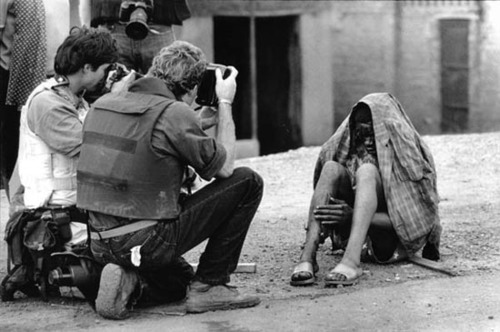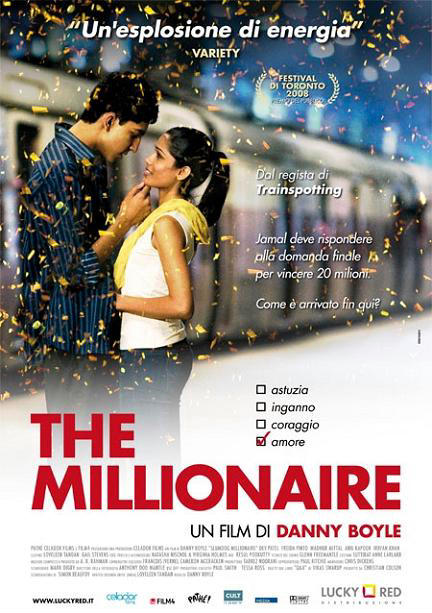
It was my first time to watch “Blackfish” in this tutorial, it has totally awaked my views of the relationship between human and animals. I mean, it is not to be negative, but it made me thinking, can humans really keep and tame different types’ animals? Is it a kind of discrimination between human and rest species? The killer whale attacks humans because of captive pressure, even if human were not abused or other kinds violent acts during the process of rearing and training. The murder incident in 2010 was the beginning of the news coverage of media headlines around the world, and many called for culling the Tirikumum. But others, especially marine mammalians, not only sympathize with Tirikumum, but also criticized the people who captive it. The 2013 documentary “Blackfish” clearly pointed out that its violent behavior was a direct result of a stressful captive condition.This is why “Blackfish” made the U.S. House of Representatives expressed official interest in studying the impact of captivity on orcas and other marine animals.
It is weird that human audiences would applauded if the seals can be counted, dolphins can be performed with humans. We as human being think we are better or higher than rest because we have languages, emotions so will ask the animal to understand and even learn these things of mankind in order to let human could captive them easier. We trained them to make our happier.
Why human could enjoy the performance from animals rather than human show to other animals? Is the status of mankind really higher than other creatures? I do not think so. Respondents in the “Blackfish” talked about why the sea world happened Killer whale injury’s events which almost about these vitamins did not do any violent acts to hurt killer whale or they made some mistakes’ acts like put their feet into the pool. However, these are not the basics mistake. The root cause of this result was that killer whales not expected be hunted and captured. Human beings could not be the owner of killer whales, we are not high than them.
Animals are proved that they have their language and their own way to express emotion. Every killer whale family has a unique voice. In other words, they have a culture that can be passed by the generation, which the cultural level of the killer whale group is surprising. I remember “Blackfish” mentioned a event that when a pair of mother and son whales know they will be forced separated to different places, the mother whale kept screaming and shrieking for a long term. Before this time, the mother whale never did any things like this.
Some animals are not pets, they belong to the nature rather than to the human. No matter how to do it, must be reasonable
Resources:
Breaking down the impact of “Blackfish”
Can animals talk and use language like humans? http://www.bbc.com/earth/story/20150216-can-any-animals-talk-like-humans
为什么虎鲸不应该圈养?圈养无法满足虎鲸需求 http://tech.sina.com.cn/d/a/2016-04-10/doc-ifxrcizs7155025.shtml





































